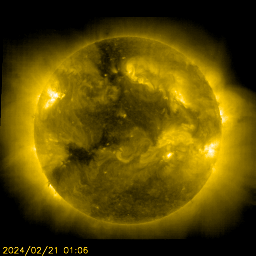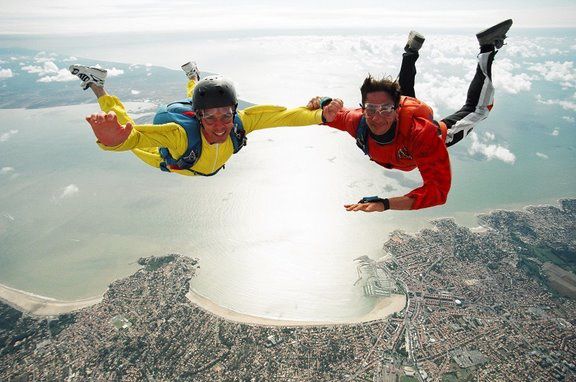Journée absolument mémorable pour ce premier jour d'été. En plus de contempler pour la première fois le Soleil en direct à travers des coronographes, ce fut sur la propriété de Pierre Bourge que cela s'est produit.
Grand initiateur en matière d'astronomie, il fut un pionner en France et fit de nombreux émules.
Voici le style d'images que j'ai pu voir hier, dans les coronographes présents.

Cette image est actuelle. J'ai pu observer trois taches au centre
du Soleil, non visible sur cette image ( peut-être grace au voile de cirrus présents hier ).

Image non actuelle. Avoir pu observer les flux de la couronne solaire m'a profondément ému.
Pour finir, une vidéo hommage à Pierre Bourge.












